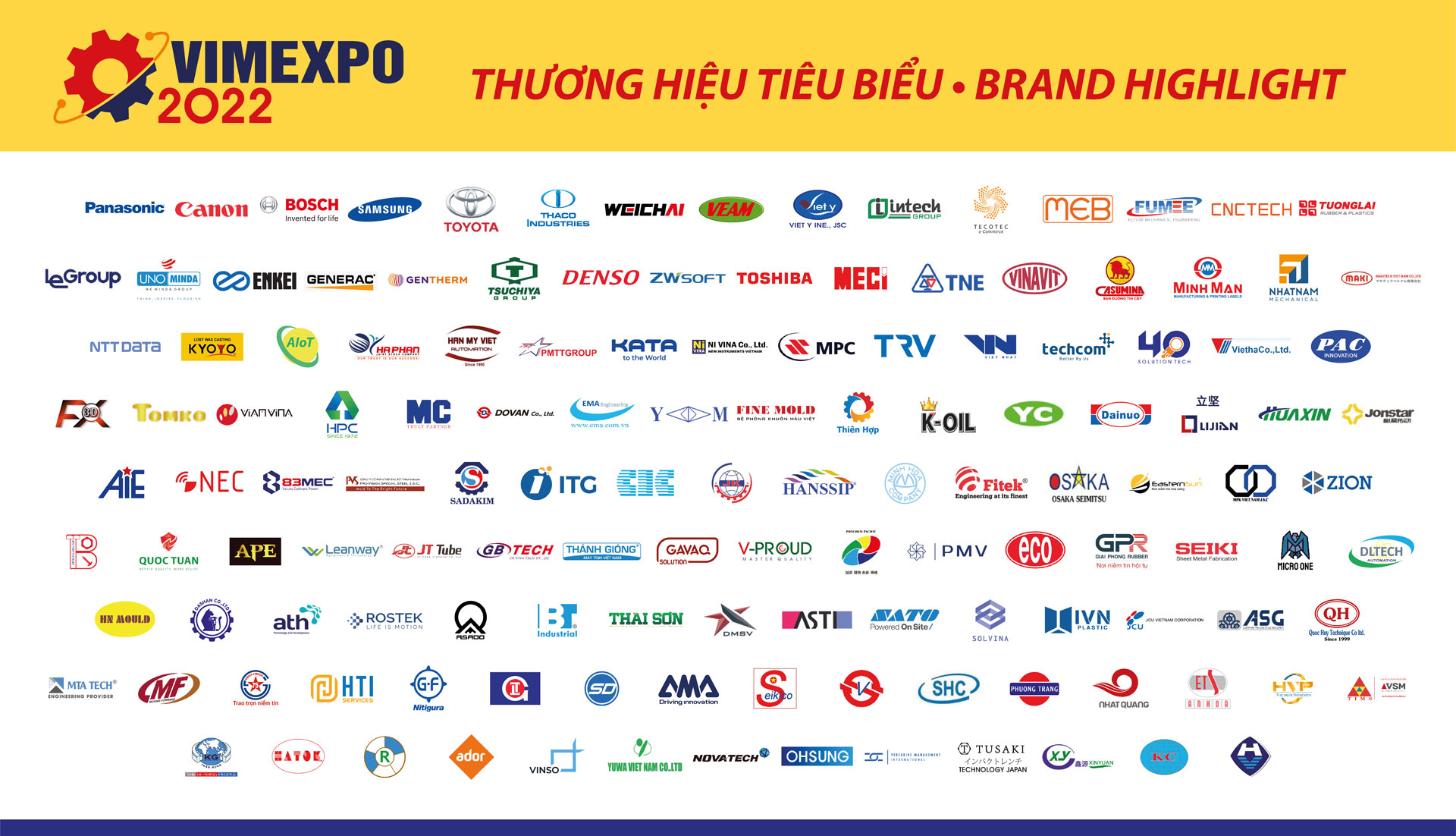To develop the automobile industry, it is necessary to increase the localization rate, besides, it is urgent to build a strategy for developing the automobile industry.
Not developed as expected
According to the Ministry of Industry and Trade, the automobile industry is one of the industries that integrates many sub-sectors such as mechanics, electronics, cybernetics, materials technology, chemicals, etc., requiring many factors to form and develop such as: Market size, capital, technology level, human resource level, production management skills, etc. In the context of the low starting point of Vietnam’s industry, the automobile industry needs a lot of time to have positive changes.
Meanwhile, the automobile industry development policy in the past has not been consistent, not suitable for the rules of the market, so it has not really created a solid foundation to attract multinational corporations to invest in large-scale production. Meanwhile, ASEAN countries such as Thailand, Indonesia… have had attractive policies to attract large-scale and effective investment from automobile corporations for many years.
Although there are policies to attract FDI capital to develop the automobile industry, there are no tight binding mechanisms for foreign automobile companies to increase the localization rate, so they only focus on operating according to the assembly method.
The Ministry of Industry and Trade also said that the localization rate for personal vehicles with up to 9 seats is still low, the target is 30 – 40% in 2020, 40 – 45% in 2025 and 50 – 55% in 2030, but the actual figure is currently only about 7-10% on average. Specifically, according to information provided by businesses, Thaco currently reaches about 15-18%, Toyota Vietnam reaches 37% for the Innova line alone. This figure is much lower than the set target and compared to other countries in the region such as Thailand, Indonesia and Malaysia.
In addition to the low localization rate, domestic cars also have higher assembly production costs than other countries in the region. Specifically, the Vietnam Automobile Manufacturers Association (VAMA) said that the reason is that domestically produced components are still limited, causing the cost of car assembly in Vietnam to be 10-20% higher, pushing the selling price of domestically assembled cars about 20% higher than in other countries in the region.




